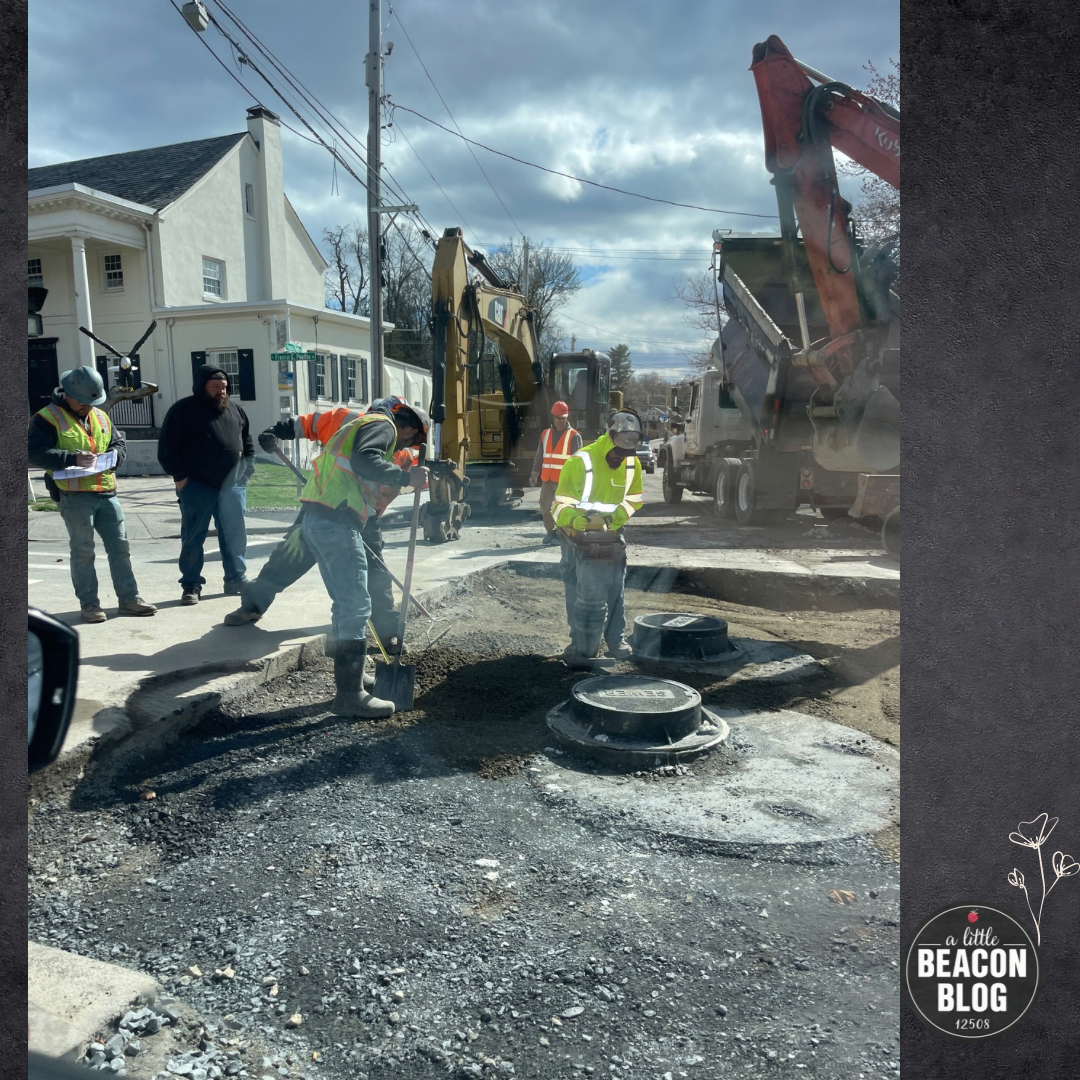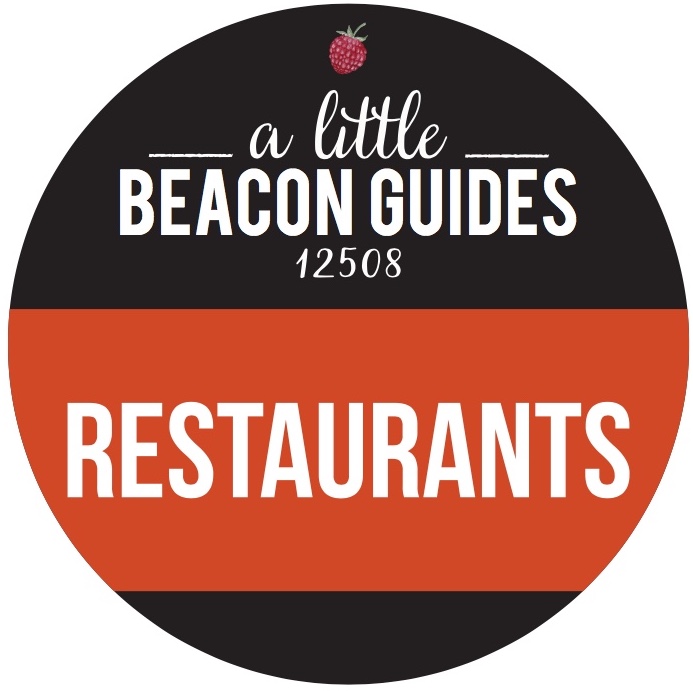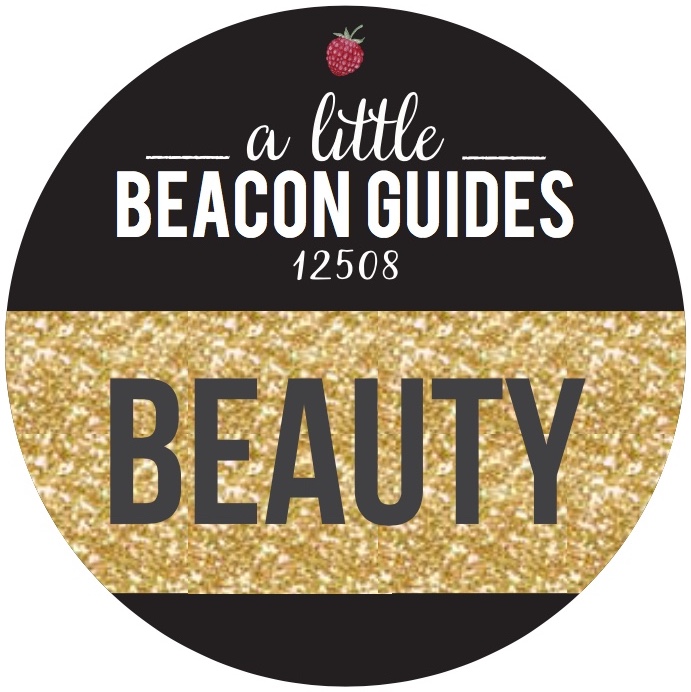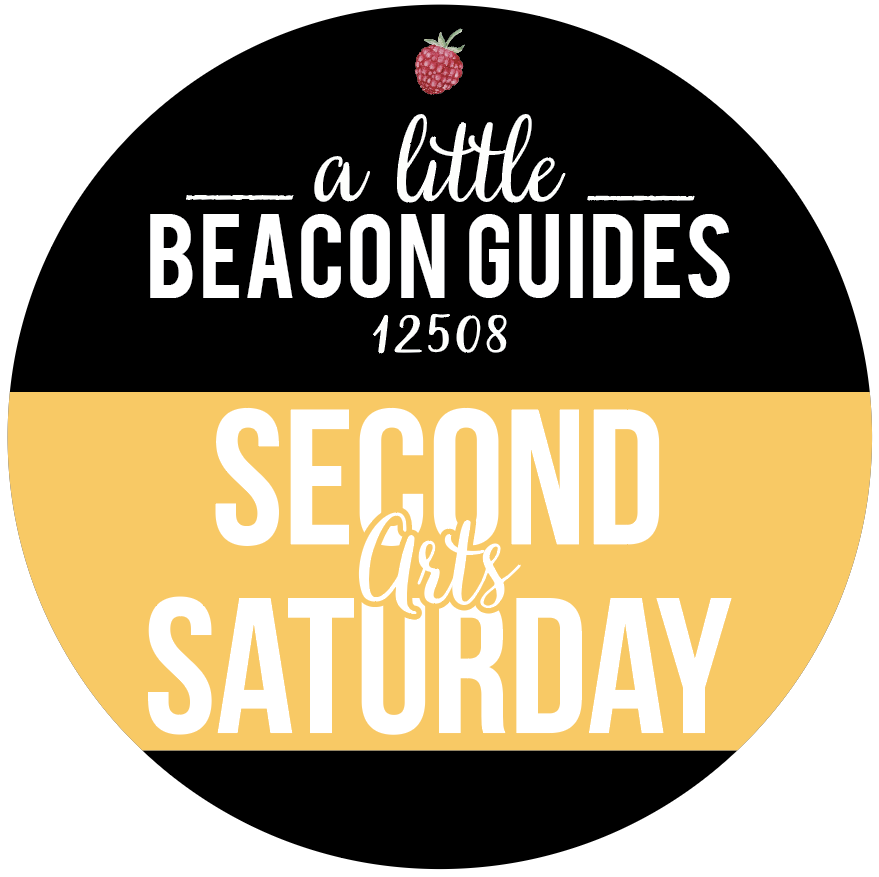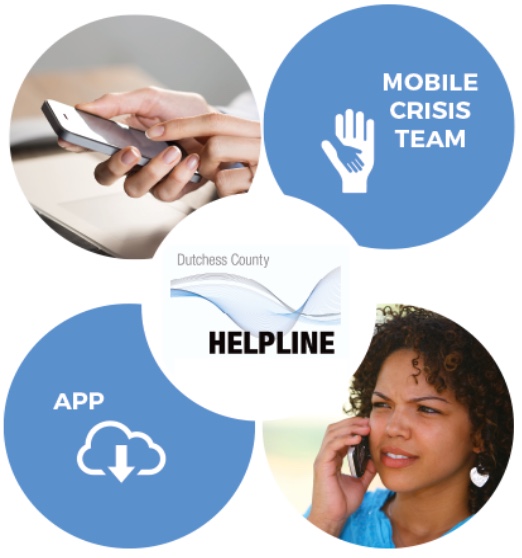Ferry Dock Remains Unrepaired, Halting Beacon/Newburgh Ferry Service - A Look Back At Other Cuts
/The Beacon/Newburgh Ferry has stopped running due to “extensive damage to the landing in Beacon,” the NY Waterway announced on March 10, 2025. According to people familiar with the area at the dock, the landing was removed from the water. People familiar with the area told A Little Beacon Blog that aside from an ongoing small leak, damage to the landing had not been noticed above water, and no one could speak for conditions under the water. Some say it was ice damage.
NY Waterway and MTA have not responded to questions about the details of the damage.
The Newburgh/Beacon Ferry was cut during the initial COVID shutdown in April 2020, and then was restored when a flush of federal funding was made available during the passage of the CARES Act, which then Rep. Sean Patrick Maloney voted for, as reported by ALBB at the time.
In 2011, the Newburgh/Beacon Ferry was suspended for 10 weeks “after one of the worst ice seasons in 6 years,” Times Herold-Record reported. This year in 2025, the landing was removed and cited for damage after the ice season, not before or during. State and federal funding covered $1.3 million of the operational funding in 2011, according to that report.
It was reported this year in March 2025 by LoHud that the Trump administration threatened to withdraw federal funds from the MTA for the subway in NYC unless they improve safety, the U.S. Transportation Secretary Sean Duffy said. Trump also rescinded federal approval for NYC’s congestion pricing program.
Beacon’s City Administrator Chris White is the Harbor Master of the dock and has not made an announcement about the ferry closure that ALBB knows of. Please write in a correction if you know different.
The ferry used by Bannerman Castle Trust is not impacted by this, nor is Clearwater. All events scheduled for Bannerman are proceeding and will be on ALBB’s Calendar, and classes and events for Clearwater are continuing and will be in ALBB’s Classes Guide.
Commuting across the river is delayed 20 minutes, as the substitute bus service takes 20 minutes longer, not accounting for unexpected traffic delays on the Newburgh/Beacon bridge, according to the Times Herold-Record in 2011. Also in 2011, ridership would drop from 150 people per day to 100, when the ferry stopped running and went to bus.
On the substitute bus schedule, it is stated that the bus can leave up to 4 or 5 minutes early if all passengers from the train are on board the bus. For people walking or transporting down to the station from Beacon or Newburgh to take the bus (not the train), they would possibly miss the bus if it left early and they did not read the small print on this substitute bus schedule.








